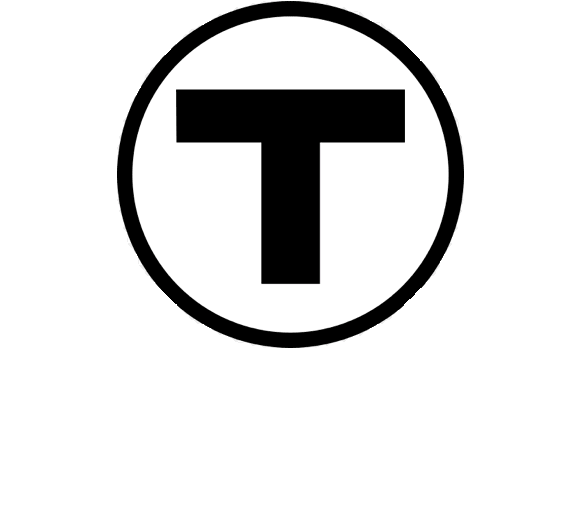A couple months ago, the Federal Transit Administration updated its National Transit Database to include data from 2011. Their database analyzes the country's major public transit systems in many ways, including by size, usage, and budget.
The NTD includes "Fare Recovery Ratios" for transit systems across the USA. This is the percentage that passengers pay - out of pocket - compared to what their rides actually cost.
The data is further broken down by system and within each, by mode of transportation - so, subway (light rail and heavy rail), but also commuter rail, bus, an boat rides.
Passengers in Boston and in Massachusetts pay wildly different percentages of real costs. (The data is from 2011, prior to the July 2012 fare increases.)
Heavy rail transit riders (Red Line, Blue Line, Orange Line) pay about half of what their rides actually cost, as do light rail users (Green Line). Commuter rail passengers pay about 44% of the cost of their rides.
Demand response users (which I believe means "The Ride", here in Boston) pay just 4.14% of the cost of their rides.



